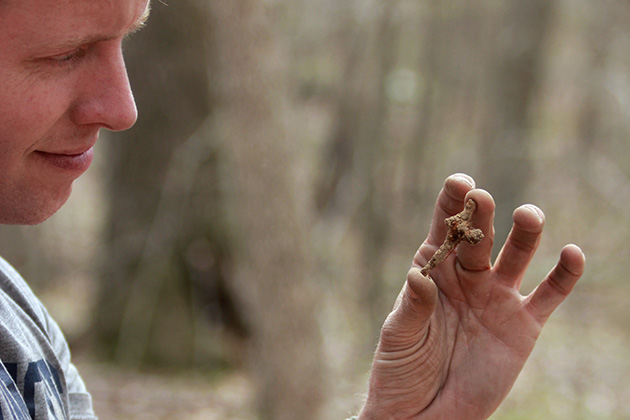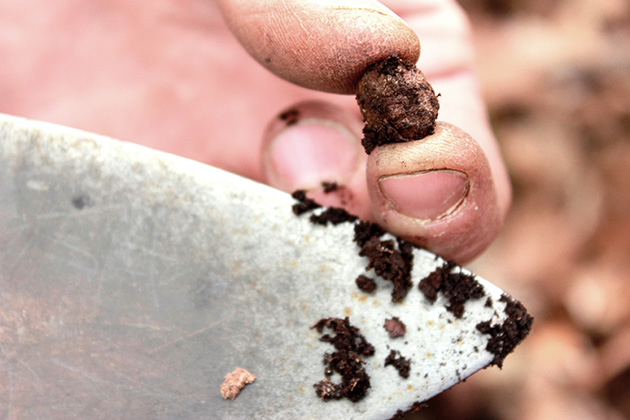
In her palm, UConn alum Laurie (Pasteryak) Lamarre ’05 (CLAS) holds one of many clues to a decidedly dark moment in Connecticut’s past.
This single misshapen fragment of dull metal – a partially melted bead of leaden musket shot, at least 377 years old – serves as one of many pieces of evidence in an ever-shifting puzzle that tells the story behind a series of historic Connecticut battles fought between about 1636 and 1637, known as the Pequot War.
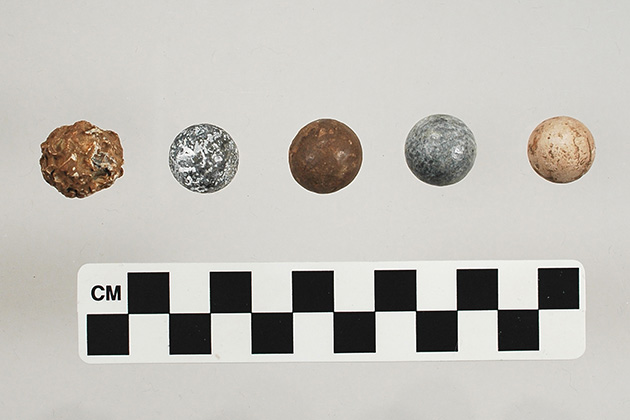
Lamarre and others at the Mashantucket Pequot Museum & Research Center are drawing from an immense pool of knowledge – touching on historical land records, a vast library of archaeological materials, written accounts of military commanders, and more – in order to determine what transpired during this conflict, which remains a subject of controversy even more than three centuries later.
“These are some of the earliest battlefields in America,” says Lamarre, a research consultant at the Museum & Research Center and executive director of the Institute for American Indian Studies Museum in Washington, Conn. “We’re working on places where we know something happened, but we don’t quite know where, and we don’t know exactly how it unfolded. We take the historic documents and the archaeological materials that we find, and then write the story. … You’re a kind of forensic detective.”
Searching for the truth
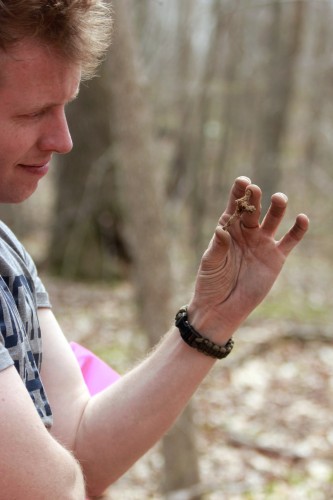
Many historical accounts – told from the viewpoint of the Colonists – have portrayed the War as a few individual confrontations between the English and the Pequots, which resulted in the swift decimation of the Pequot tribe to near-extinction. Recent research has shown, however, that the fighting raged for a year or more, over thousands of square miles, between the English soldiers and the Pequots, as well as with other Native tribes in the region.
“The Pequot War is a major event in the founding of our nation,” says military historian David Naumec ’00 (CLAS), also a UConn alum. “It changed the course of history and the way Natives and the English interacted for the next 300 years, essentially.”
With funding from the National Park Service American Battlefield Protection Program, the research team – which includes a number of other UConn alumni in addition to Lamarre and Naumec and is headed by UConn anthropology professor Kevin McBride, the museum’s longtime research director – has been working over the past seven years to identify and document each of the battlefields associated with the Pequot War.
Their research is focused in part on two major battlefields in Connecticut: Mistick Fort and Old Saybrook Fort. Ultimately, the hope is to preserve these locations as historic sites for future generations.
In your backyard
The body of research so far amassed is nothing short of astounding. At the Research Center, a long shelf filled with three-ring binders serves as just one part of a large reference library recording everything from the many varieties of buttons, buckles, and uniforms worn by 17th-century Englishmen to the dozens of kinds of firearms, musket shot, armor, and edged weaponry they used.

Years of work have also gone into mapping the geography of the landscapes and outlining where every material artifact has been found. Researchers on the project have pored over dozens of primary documents – family histories, letters, and soldiers’ diaries among them, including newly discovered ones that still surface from time to time – with each account offering further insights into the various battles. The literary analysis extends to property deeds, allowing researchers to recreate what the landscape looked like at the time and how that land was being used.
In addition, the ongoing research often involves working directly with private landowners who now live on the acreage – in towns like Old Saybrook, Groton, and New London – where these bloody battles were fought more than 375 years ago. Not to mention the museum’s immense archive filled with the artifacts themselves, not limited to melted musket shot identified by experts, but innumerable other archaeological finds that provide information about the boundaries of different forts, the timelines of the battles, and the weapons that were used.
“We try to find everything we can, so that we have the most objective and well thought-out narrative we can,” McBride says. Yet with every new account, every new artifact unearthed, the story continues to change over time.
“It’s incredibly frustrating, but also incredibly humbling,” he says. “Every day, you realize that you can’t know it all. There’s no finality. But you also are aware that you need to learn more, and it’s rewarding when you see that.”
Preserving a memory
This accumulation of knowledge and material culture is particularly remarkable, considering the fact that battlefield archaeology methods are generally less invasive than those of traditional archaeology. Battlefield archaeologists tend to rely on metal detection and ground-penetrating radar, as opposed to excavation. For example, Lamarre says, think of Civil War battlefields or Custer’s Last Stand, sites that have been actively preserved. In the case of the Pequot War battlefields, the work involves digging even further into the past – another 200-plus years – and is taking place in the backyards of modern-day Connecticut homeowners.
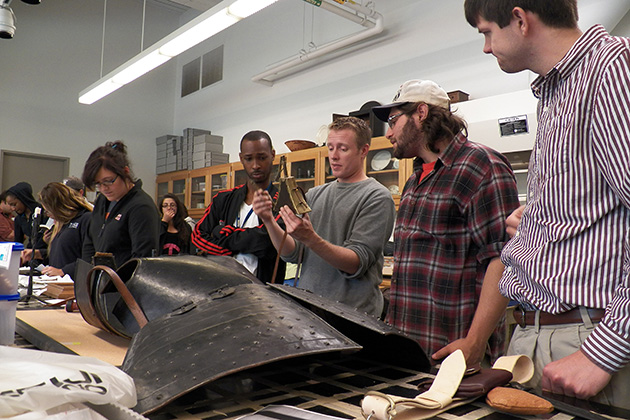
“Everyone has heard about Gettysburg, but this is something that’s been hidden, that people don’t know about,” Lamarre says of the Pequot War battlefields. “You’re trying to gain boundaries of where the battle took place, but it’s impossible to excavate miles and miles of square footage. You want to know where it is, but you want to preserve it for future generations.”
It was at Mistick Fort, for instance, one of the major battlefields and the former site of a fortified Pequot village, that more than 400 Pequot men, women, and children were killed in June 1637.
“There’s this level of preservation that is very emotional,” Lamarre says. “You’re not just preserving the land, you’re preserving a memory.”
